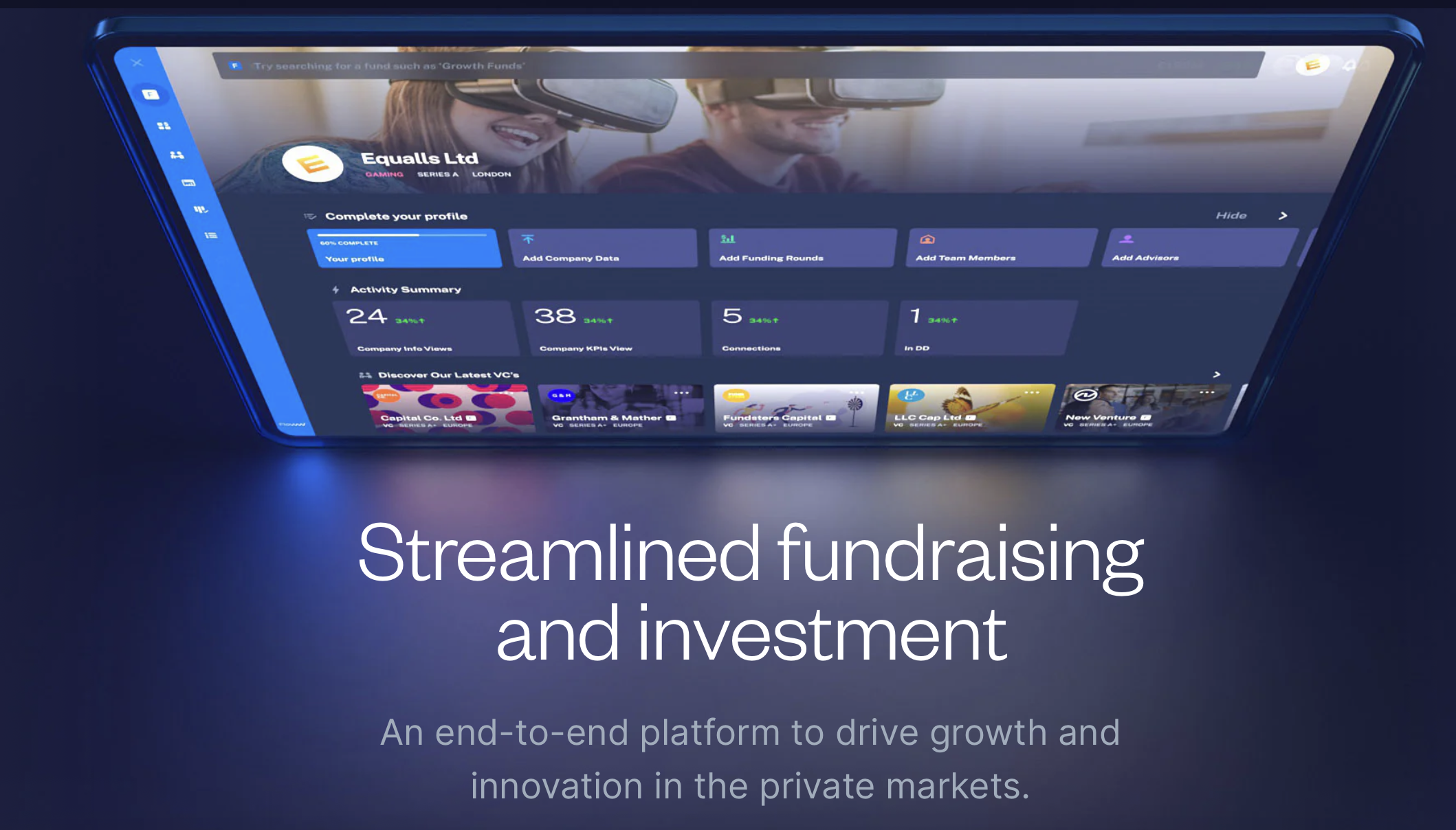Investment in healthtech dramatically increased during the pandemic as innovative technologies became a requirement for global healthcare systems to function.
This demand has been met with a response by the global investment community which injected $51.3bn into healthtech startups in 2021, according to data from London & Partners and Dealroom.
With the pandemic driving long lasting changes to healthcare, 2022 will likely be another year that sees significant levels of investment in healthtech.
The sector is broad so we take a look at the specific trends in healthtech set for further investment over the next year.
Data Analytics
Data analytics is prevalent in a plethora of industries and healthcare is no exception. Data analytics in healthcare will largely fall into one of two categories.
The first is the analysis of large data sets concerned with the impact of diseases, societal trends on healthcare and the management a care solutions.
The other will be related to an individual and the use of personal patient data to assist in the formulation of care plans and treatments.
Artificial Intelligence has the power to monitor the development and spread of diseases and provide efficient insights into the most appropriate course of action.
Remote Care
The pandemic demanded change in the way healthcare was delivered to patients. Anyone in the UK who has attempted to visit their GP during the pandemic will know how consultations, diagnosis and care has become increasingly remote.
Just as many trends such as working-from-home and online shopping spurred by the pandemic seem like they are here to stay, the same can be said of remote healthcare.
Health organisations have found new, remote, ways of working and the associated efficiencies and cost benefits mean we can expect a doubling down on virtual consultations and digitally driven care plans over the next year.
Extended Reality
Extended Reality (XR) in healthtech refers to use of Virtual Reality (VR) and Augmented Reality (AR) across the healthcare system from education through to performing surgery.
The sector is expected to expected to be worth $10.82bn by 2025 and will provide one of the most valuable advancements in healthcare this decade.
A team at Imperial College London have used XR to assist in the reconstruction of a patients leg by using holograms viewable through a headset. The technology allowed for greater levels of precision during a complex operation that showed them critical veins and arteries. Imperial are also using holograms in their educational programmes.
XR can also be used in the treatment of mental health by controlling the environment of a patient using Virtual Reality and is used in the treatment of PTSD.
The ability for Virtual Reality to provide multiple stimuli to a patient means it is used in pain management as a cognitive alternative where painkillers are not appropriate.
Kemeny Capital Resources
Explore Tax Efficient Investing with Kemeny Capital’s range of free downloadable guides covering EIS, SEIS and VCTs.
Interviews with the managers of Tax Efficient funds and the entrepreneurs leading UK early stage companies.








